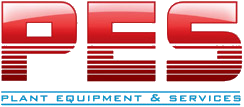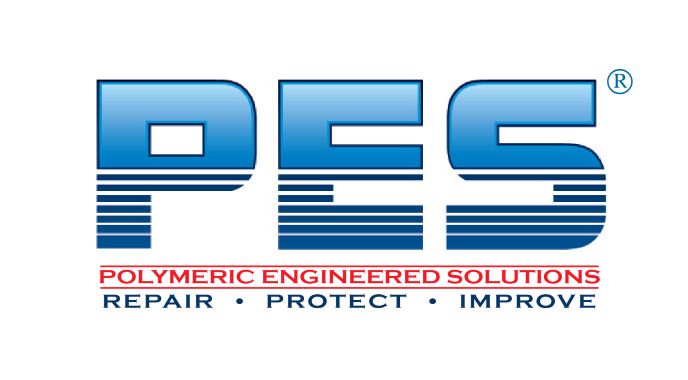Some of our NDT methods include ultrasonic, electromagnetic, radiographic, media visual inspection, guided waves, magnetic particle, and penetrant testing. All of these methods have recently been subject to significant improvements, and more accurate tools are available in the field of materials examinations.
Nondestructive Testing Services
Structural Framework and Components
The Structural Codes of the American Welding Society allow the use of Advanced Ultrasonic Testing to inspect welds in structural frameworks. We have invested in Multiple Phased Array Multiple TOFD Advanced Ultrasonic Inspection Technology for testing highly attenuating materials and welds. Since 2004, we have inspected ball mill welds up to 8-inches thick for large mine expansion projects.
HDPE – Base Material & Fittings
The need to guarantee the integrity of the base material of structural and engineered plastic piping and engineering such as HDPE and PVC, coupled with the need to detect or prevent defects during the welding process, whether by thermal-fusion or electro-fusion, led to the search for new procedures for inspecting these materials.
PES offers highly portable equipment units, with sufficient detectability capacity to perform inspection operations at the place of fabrication of the pipes to be used in gas and liquid transportation projects in compliance with ASME B31.X.
HDPE – Weld Inspection
We are leading in the provision of TOFD (Time of Flight Defraction) of HDPE inspection services in the world. Intensive R&D has led to the development of proprietary technology, which in turn is now being recognized by customers as a big contributor to improve the efficiency of their processes and product quality, in both thermal and electro fusion.
Hydroelectric NDT Services
The use of new micro-alloyed structural steels (ASTM A 516, 517 SUMITEN) has permitted to reduce significantly the weight and sizes of the pressure pipelines in hydroelectric projects. As indicated in the Boiler & Pressure Vessel ASME Code, Division 2, as of Edition with 2011 Addenda and presently in the latest edition, there are more elaborate design criteria associated with these steels.
The TOFD and Phased Array technologies have shown a high probability of detection for welds in these engineering applications, which is even higher than the probability of detection with industrial radiography. Similarly, the inspection application doesn’t need access on both sides of the pipe wall, but only from inside the pipe.
Castings
The ability to inspect heavy, highly attenuating materials and the use of advanced ultrasonic equipment represented another breakthrough in the area of testing difficult castings. Our commitment to R&D, better procedures, extensive use of mockups, the use of high-sensitivity and high-resolution transducers were strategic actions that gave us technological advantage in the global market for the inspections of castings.
Guided Waves
We have state of the art Guided Waves Equipment and built the first facility for testing, training and simulating all of the different applications for this type of equipment:
- Corrosion detection / in-service pipes and pipelines
- Inspection of above-ground conventional and coated pipe
- Detection of corrosion at supports and pipe racks
- Inspection of through-wall pipe
- Detection of corrosion under insulation (CUI)
- Inspection of buried pipes and vertical pipes
Electromagnetic Testing
We use electromagnetic inspection technologies focused on measurement. We are capable of providing inspection support and guarantee of integrity for mining equipment in typically short time frames during maintenance shutdowns. The versatility of methods applied allows us to achieve a flaw detection capacity even over thick layers of paint, or lubrication grease of moving components (such as gears, mills, chassis, conveyors, among other components).
The digital data collected can be easily handled, which allows for fast data processing using specific and proprietary software to maintain constant follow-up and comparison throughout the integrity status time and remaining life of the inspected units.
Digital X-Ray
PES offers Digital Radiography systems with the following characteristics:
- High portability: It can be fully operational on batteries: however, it can also work on conventional sources.
- Designed for fieldwork: Light panels, mountable on a tripod.
- Shorter exposure times for obtaining the images: Image quality is immediately verifiable, thus avoiding returning to the inspection site.
- Image quality – Great, dynamic range and high resolution.
- Safer application: Reduced safety area, source can be shut-off when not in use.
- High-precision software: Easy to use with powerful filters.
This technique allows us to provide the industrial fabrication sectors and in-service maintenance with the following services:
- Remote Weld inspection
- Corrosion inspection (measurement of remaining thicknesses)
- Determination of integrity in metal and polymer joints
- Plastic liners wear
- Quality evaluation of multiple engineering components
Mining
We have collaborated with the mining sector in the development of inspection systems and procedures for the fabrication and installation of metal and plastic piping, using modern ultrasonic, digital radiography and electromagnetic techniques for the following:
- Evaluation of integrity and time measurement for validation of aqueducts and metal or plastic tailing pipes
- Determination of internal liner thicknesses in mining pipelines
- Measurement of wear and estimation of remaining life of exposed and buried pipelines applying guided waves
- Our activities include applications at the pumping stations and at the fields along the kilometers of pipeline layout at the mines
To schedule these services with PES, don’t hesitate to contact us with the link below!

